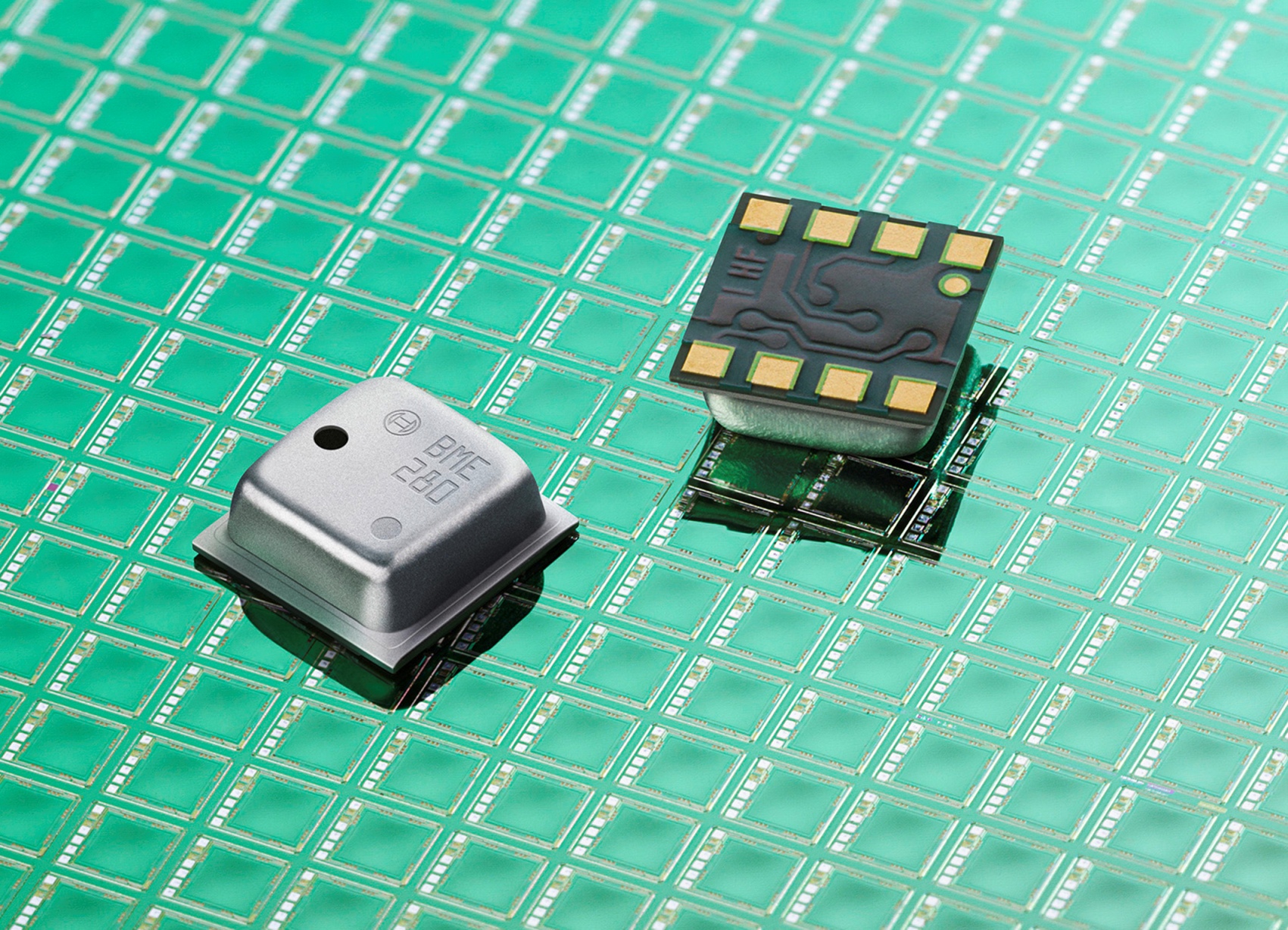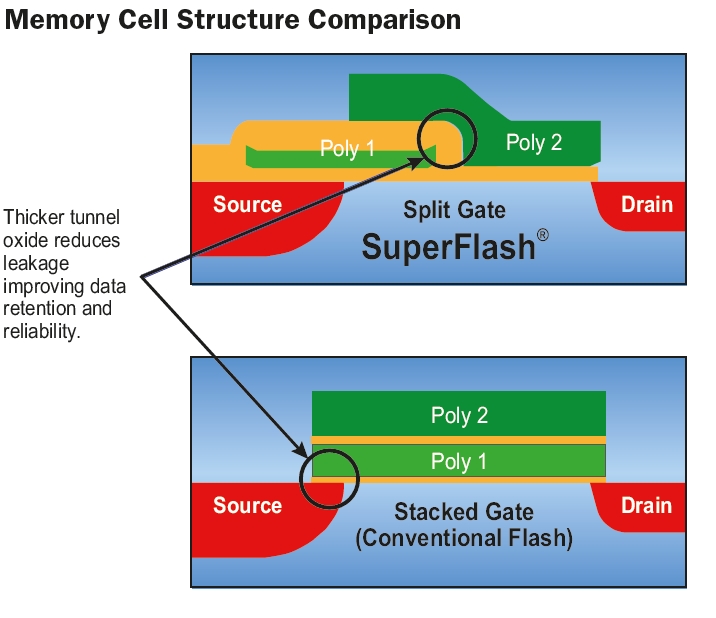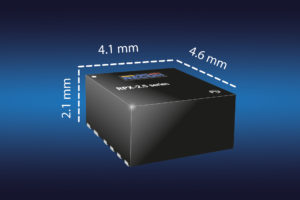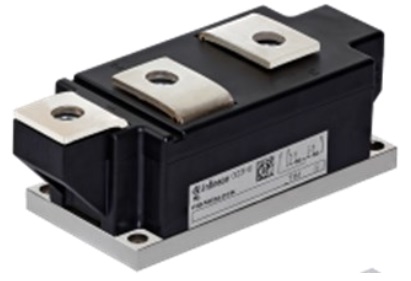Rutronik Congratulates Alliance Memory on 10 Years Supplying Legacy Memory ICs
Founded in 2006 as a provider of legacy asynchronous SRAMs, the company has experienced tremendous growth during its 10 years in the memory market. This includes adding a complete line of synchronous DRAMs (SDRAMs), low-power DDR1, DDR2, and DDR3 SDRAMs, and low-power DRAMs to its product portfolio, as well as developing an extensive global distribution network.
“We’ve seen a lot of changes in the memory market since we first opened our doors,” said David Bagby, president and CEO of Alliance Memory. “Many of the big industry players have moved on, the wait time on legacy products has shrunk considerably, and the online market has really taken off. The biggest change, however, has been the increase in demand for SDRAMs. Adding these products to our lineup has been one of the biggest contributors to our success, and it recently created the need for a larger facility to accommodate our explosive growth.”
Additions to Alliance Memory’s DRAM lineup have included high-speed CMOS double data rate (DDR1), low-power mobile DDR1 (MDDR1), DDR2, and DDR3 SDRAMs in a wide range of densities, configurations, package options, and temperature ratings. Most recently, the company made history by working with Micron Technologies in advance of a planned end-of-life to maintain availability of several Micron 512 Mb SDRAMs in the 54-pin TSOP II package. Alliance Memory will continue to add to this lineup in 2016.
“We have a lot to celebrate at this important milestone in our company’s history,” added Bagby. “Ten years is a long time in the high-tech industry, and Alliance Memory has not only survived, it’s thriving. We’re grateful to our amazing team and distribution partners worldwide who have helped make this possible, and we can’t wait to see what the next 10 years bring.”
Alliance Memory products provide reliable drop-in, pin-for-pin-compatible replacements for a number of similar solutions in industrial, medical, communications, and telecom products. The devices eliminate costly redesigns by providing long-term support for components that have been discontinued by their original manufacturers. In addition, the company performs minimal or no die shrinks, which frees up engineering resources for users.










